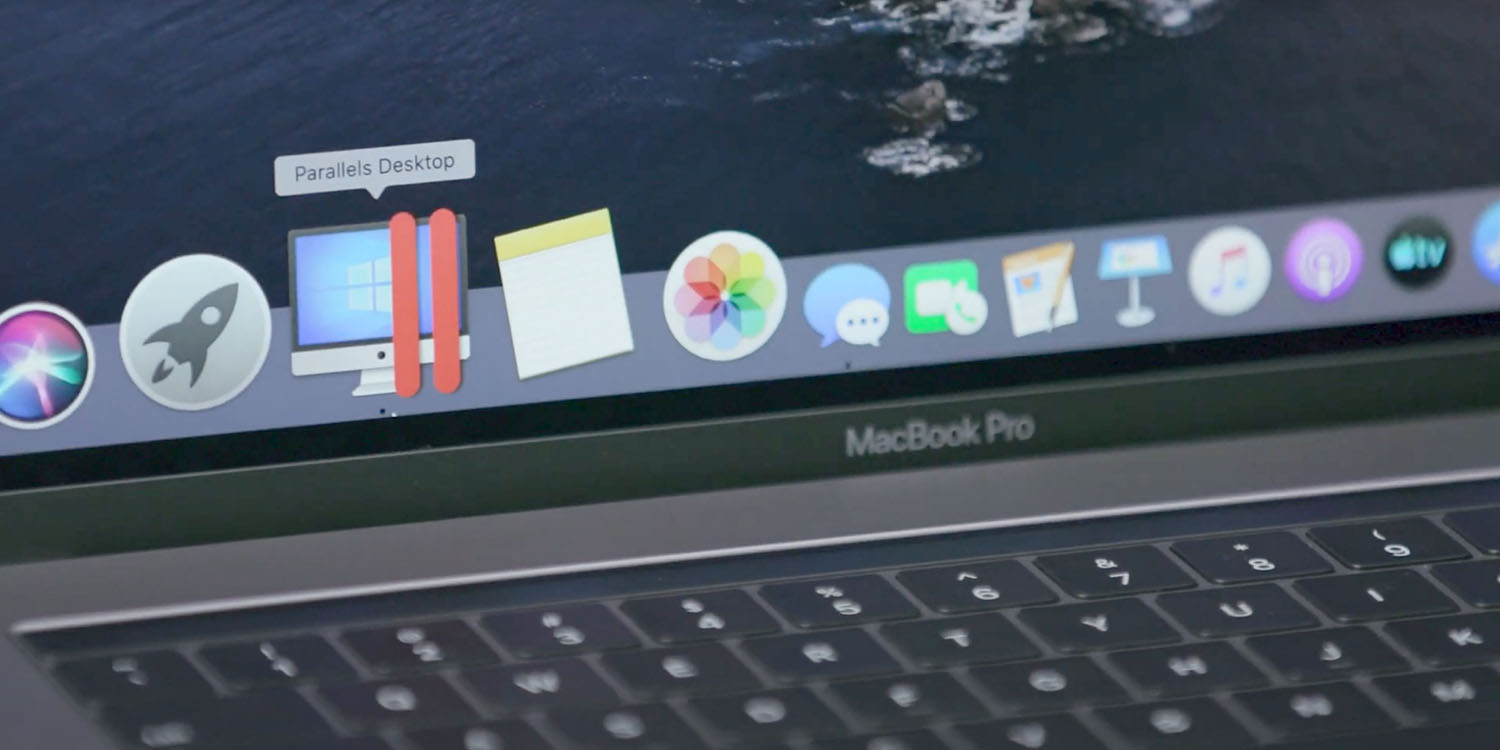
- #Parallels windows on m1 windows 10#
- #Parallels windows on m1 pro#
- #Parallels windows on m1 software#
- #Parallels windows on m1 code#
- #Parallels windows on m1 mac#
This lets admins provision pre-configure Windows VMs to fleets of Macs (both Intel and Mac). Parallels has made a range of other improvements, but one that will be of particular interest to enterprises running Macs along with legacy Windows applications is support for corporate virtual machine provisioning to any Mac. You’ll also experience significant start up, graphics and, disk performance speed improvements.

#Parallels windows on m1 mac#
Unique features for M1 Macs: When run on a Mac, Windows now recognizes Mac battery status, and you also get a better windowed experience when running Linux on your Mac. Over 80% of Parallels Desktop users make use of Coherence mode, which has been improved to provide an even more unified experience when running Windows and Mac apps alongside each other. Expect a much smoother Windows experience, even when gaming.īetter drag-and-drop: You can now drag and drop text and images between Mac and Windows applications, just as if they were on the same system.
#Parallels windows on m1 pro#
Pro users may want to use AutoCAD, which is also supported. What this means, of course, is that Windows games are playable on a Mac. DirectX 11 graphics performance on an M1 Mac running ARM Insider Preview gets 28% better. The performance illustrates just how far Parallels has travelled since it first introduced support for Windows on Macs this VM is eminently usable.īetter graphics: OpenGL graphics on a supported Mac are up to six times faster. The speed enhancements are even greater on M1 Macs, but are noticeable on all Macs. More speed: Applications on guest systems running with Parallels are now much faster – expect a 38% speed boost on all Macs, with M1 machines sometimes faster than Windows systems. Parallels remains as strong a system for running virtual operating systems on your Mac as it ever has been, but benefits from significant enhancements in this release: You can also run Mac operating systems back to High Sierra, 10.13. It is also interesting that Parallels will now run macOS Monterey as a virtual machine, meaning you can run two Macs on one machine, which might be of use, particularly for application testing, or if you need to run Monterey for testing before migrating to the OS on your main Mac. Microsoft has made no announcement concerning its plans, if any, to sell the ARM version of Windows to Mac users for use with Parallels, though the Windows 11 Insider Preview works fine on Apple’s computers, including M1-powered models. The biggest obstacle to Mac users hoping to use Parallels to support Windows 11 on their systems is that Microsoft hasn’t yet officially released the ARM version of Windows for sale. You’ll also find Intel Macs will support a wider range of guest OSes, mainly because ARM support is only available via Windows 10, 11, Monterey, and Linux distros Ubuntu, Fedora, Debian GNU, and Kali.

#Parallels windows on m1 windows 10#
This is because the new M1 chipsets are ARM-based which means that it probably won’t be able to run the x86 version of Windows, and might need to run Windows 10 on ARM, which in turn raises the question of app compatibility and availability, but we’ll have to wait and see how it plays out.One important limitation is that Parallels will work with macOS versions up to High Sierra on Intel Macs, but M1 Macs must run Big Sur or later. That being said, we have to wonder how this works.
#Parallels windows on m1 code#
We switched Parallels Desktop to universal binary and optimized its virtualization code and the version that we are eager to try on these new MacBook Air, Mac mini and MacBook Pro 13″ looks very promising.”


According to the developers, “Since WWDC, our new version of Parallels Desktop which runs on Mac with Apple M1 chip has made tremendous progress.
#Parallels windows on m1 software#
There is no word from other developers of virtualization software if they’ll be developing an M1 version as well, so for now it looks like Parallels will be the only one. There’s no word on when this new M1-supported version of Parallels will be released, but if you do rely quite a bit on Parallels, then this is good news. The company has announced that they are working on this new software designed for the M1, so it should be noted that the current version of Parallels will not work on Apple’s new Mac computers. However, there is some good news on that front, in which Parallels has announced that they’ll be developing a new version of their software that will support Apple’s new M1 chipset. There were some limitations, such as how Rosetta 2 would not work with Virtual Machine apps that virtualize x86_64 platforms, which meant that tools like Boot Camp and Parallels, which is one of the more popular programs that people use to run Windows apps on macOS, would not work. When Apple Silicon was first unveiled earlier this year, it was revealed that to help developers make the transition, they would release the Rosetta 2 translation software that would allow x86 apps to run on their chipset.


 0 kommentar(er)
0 kommentar(er)
